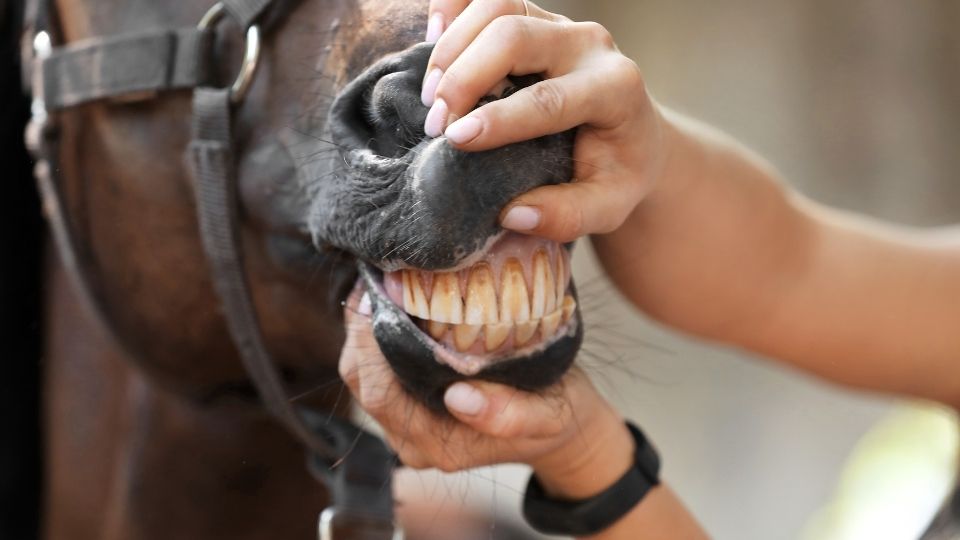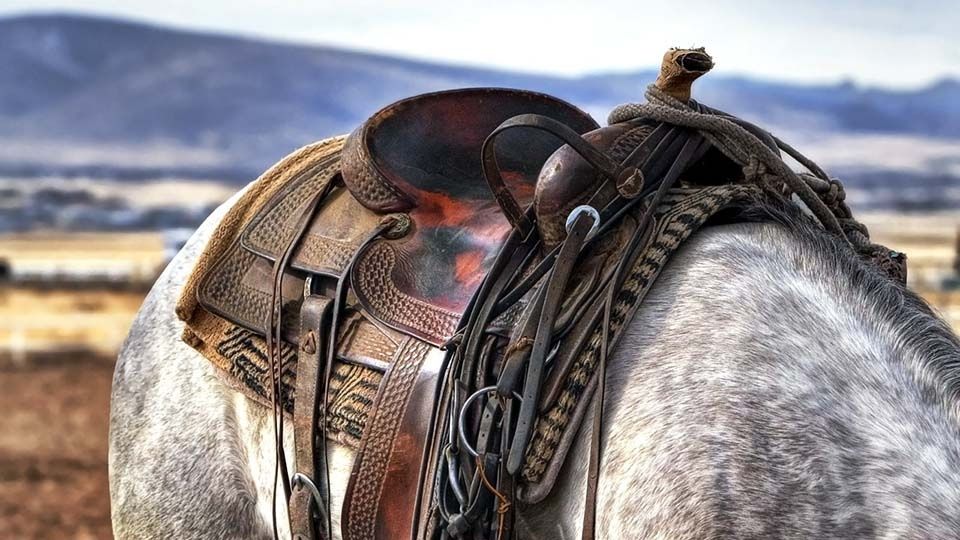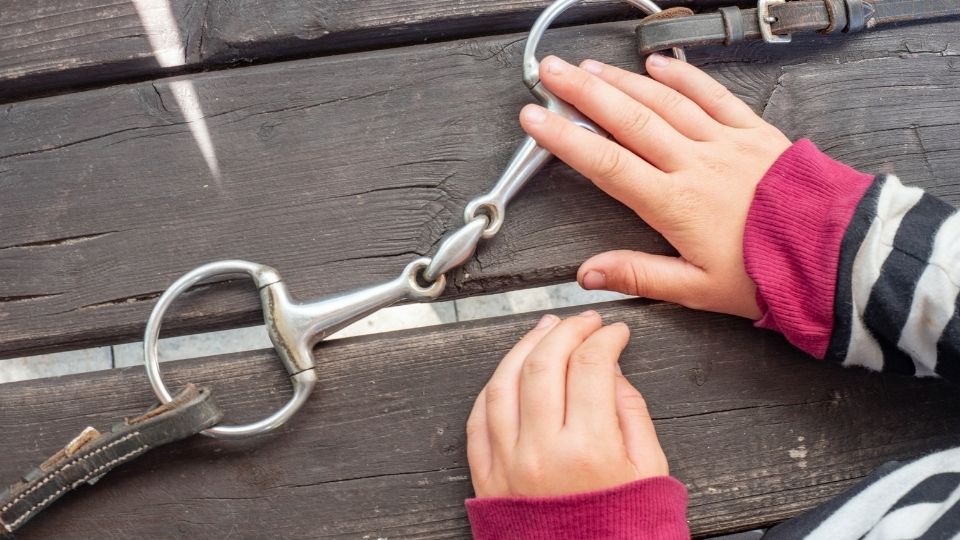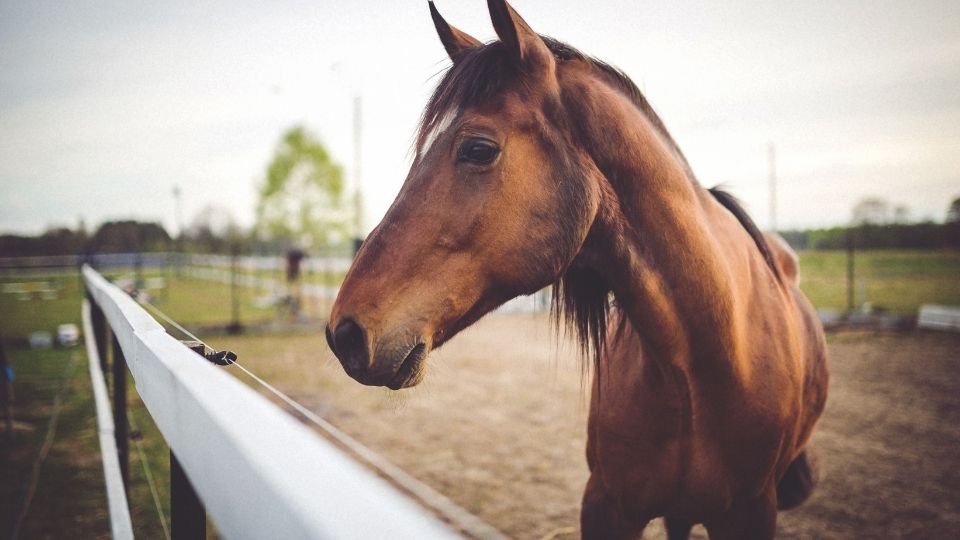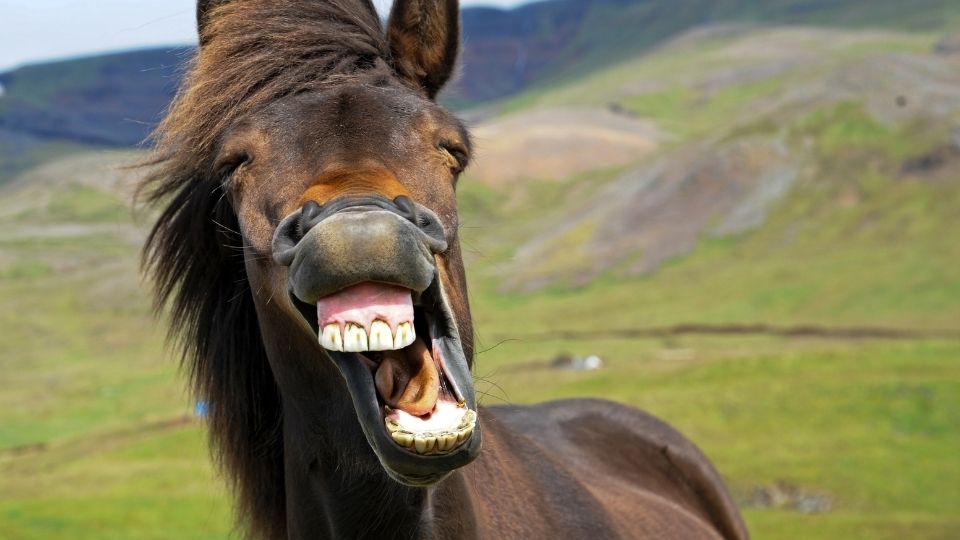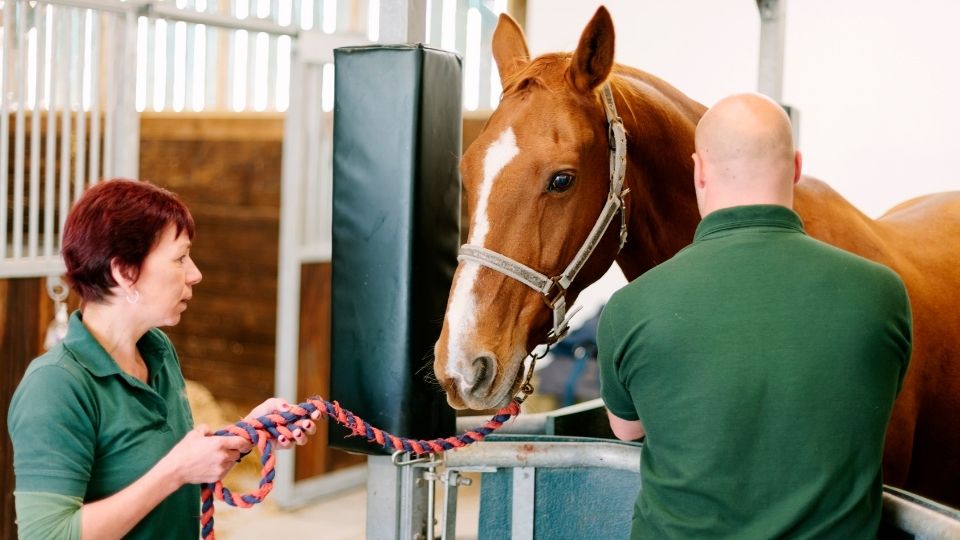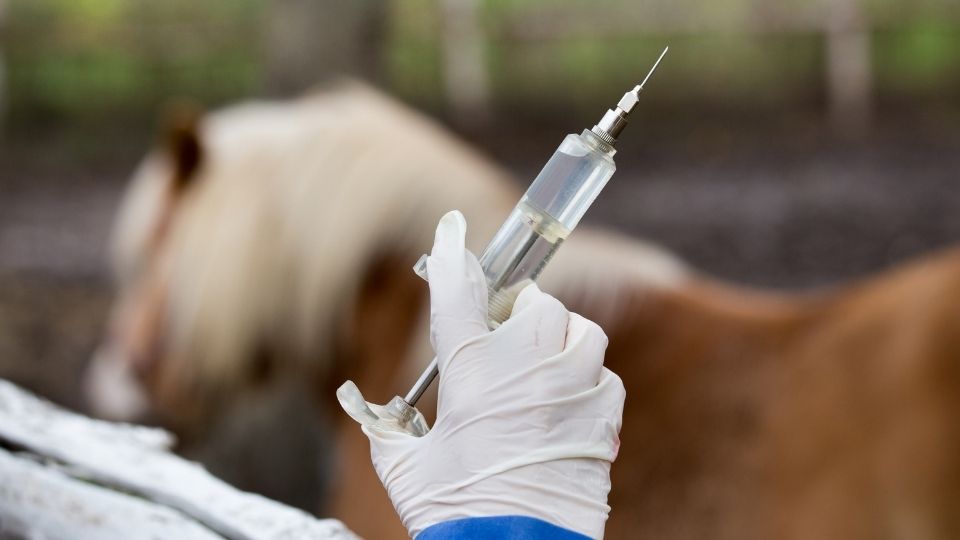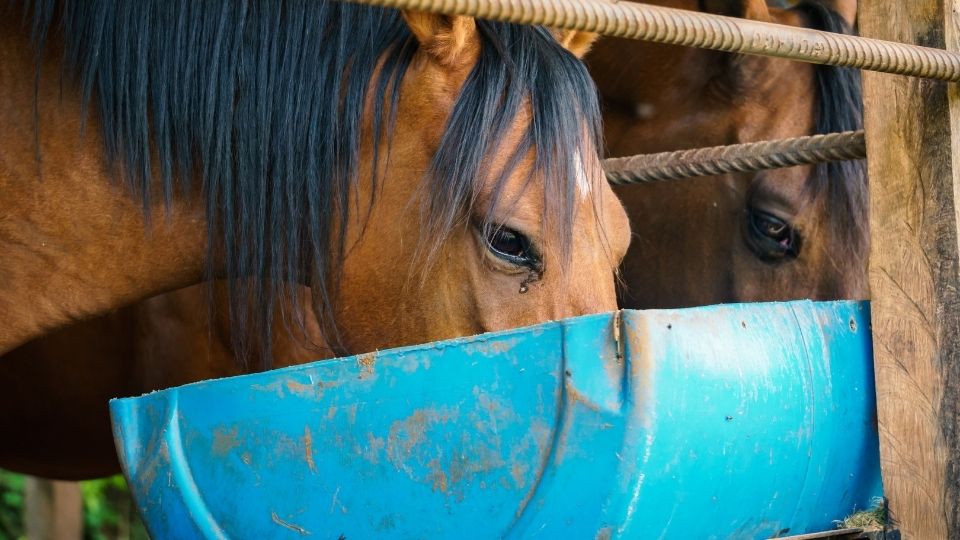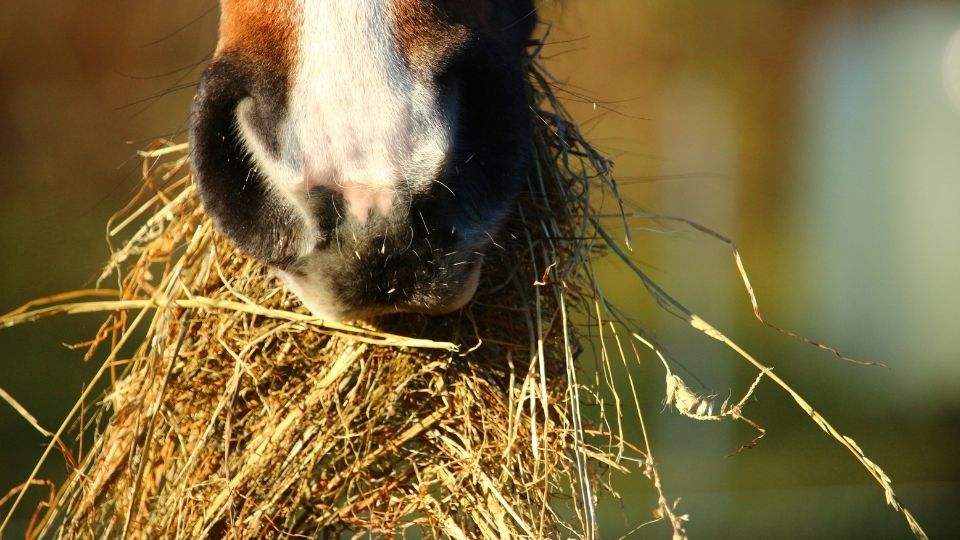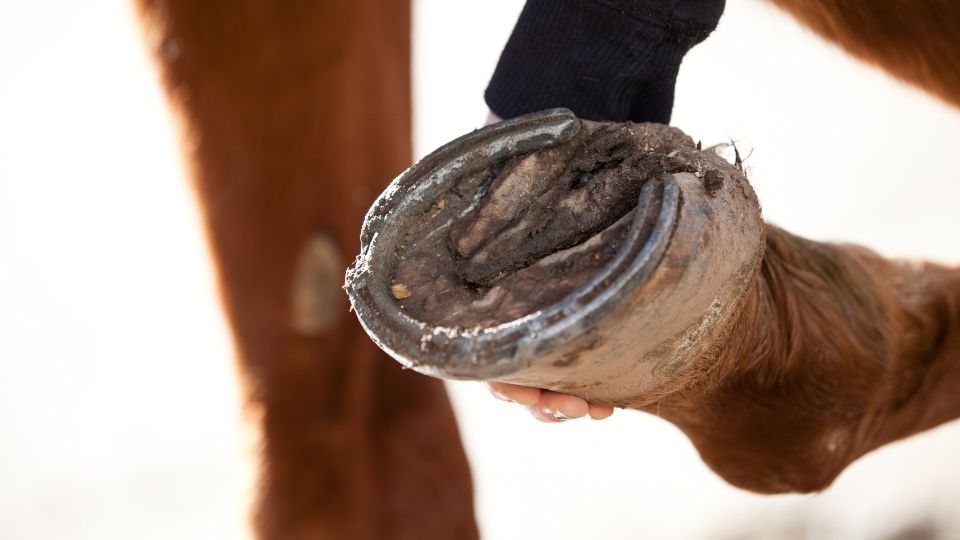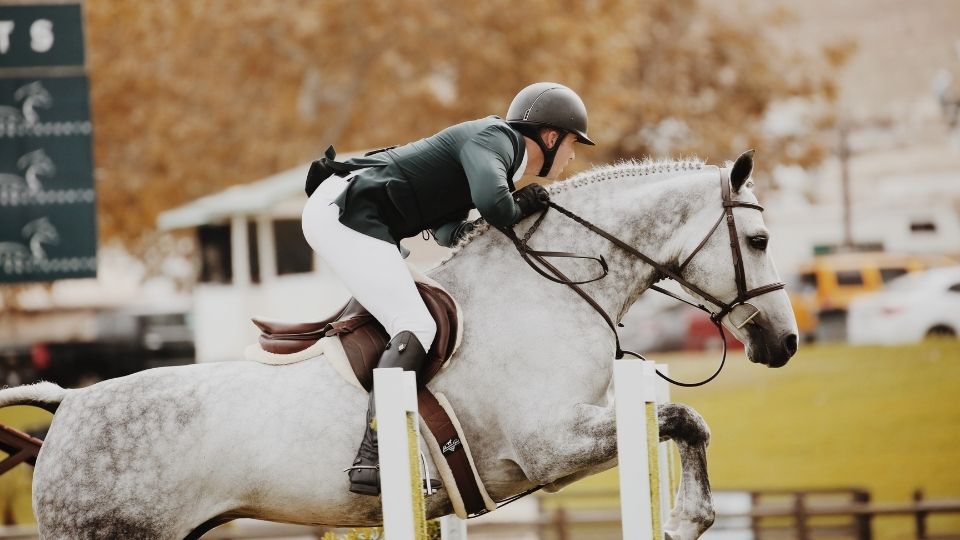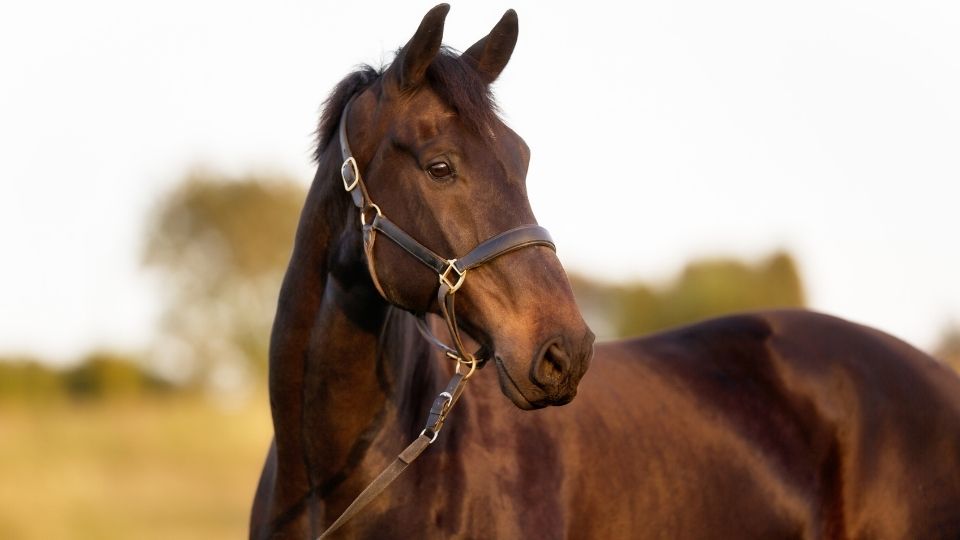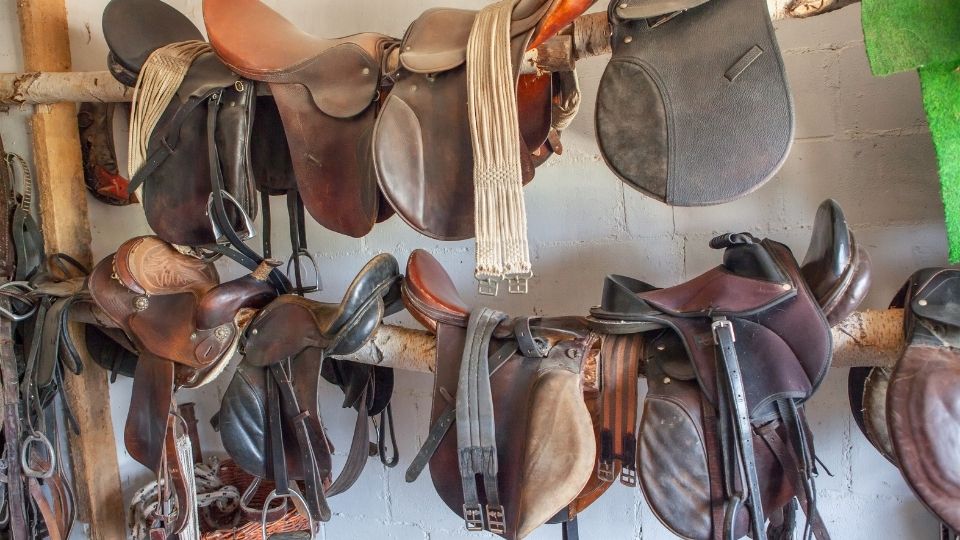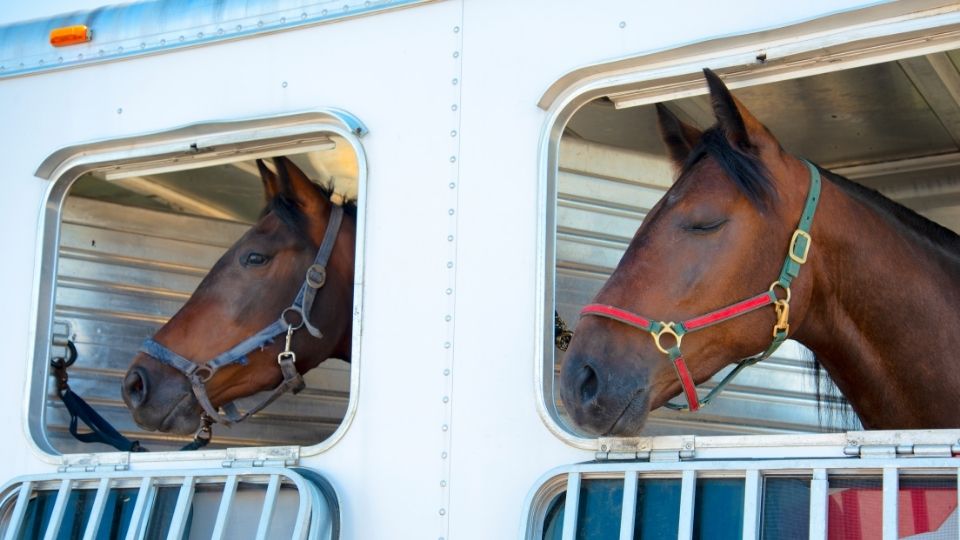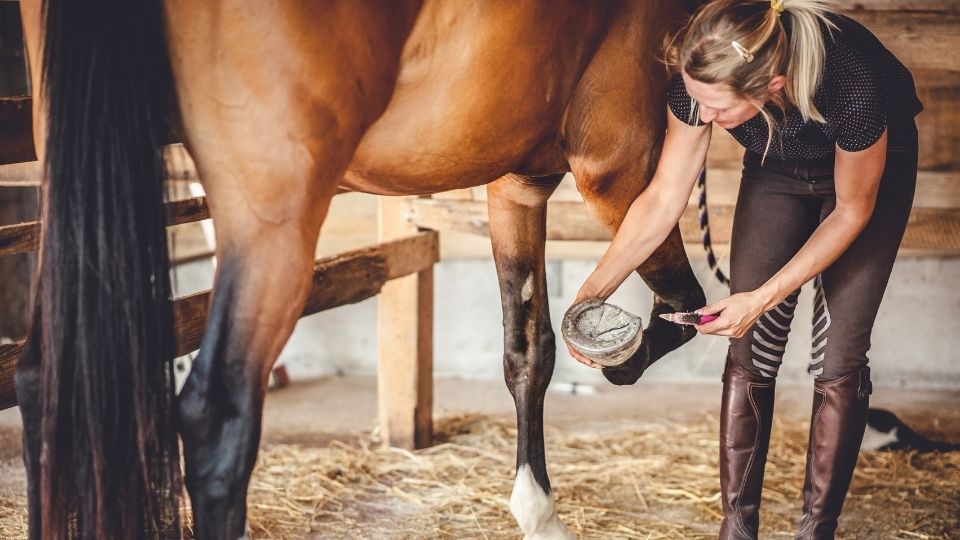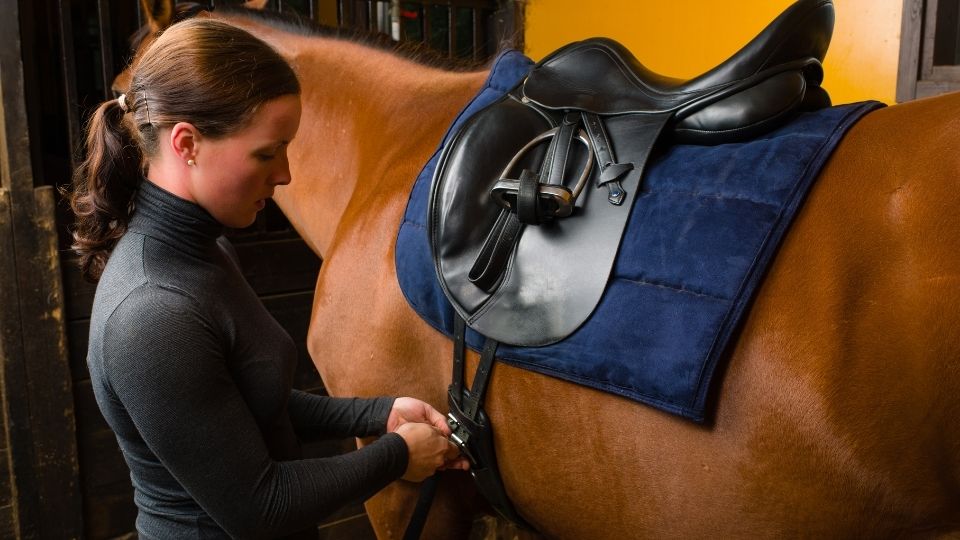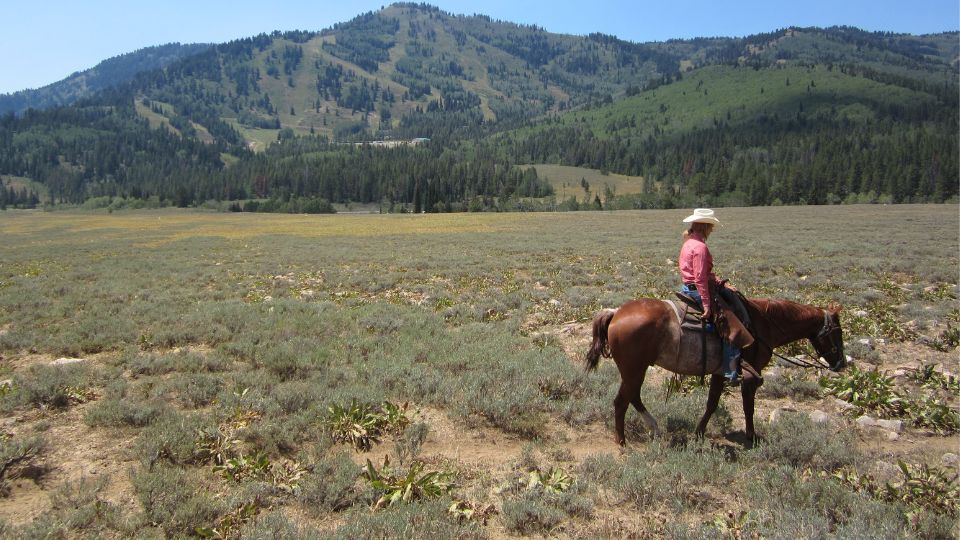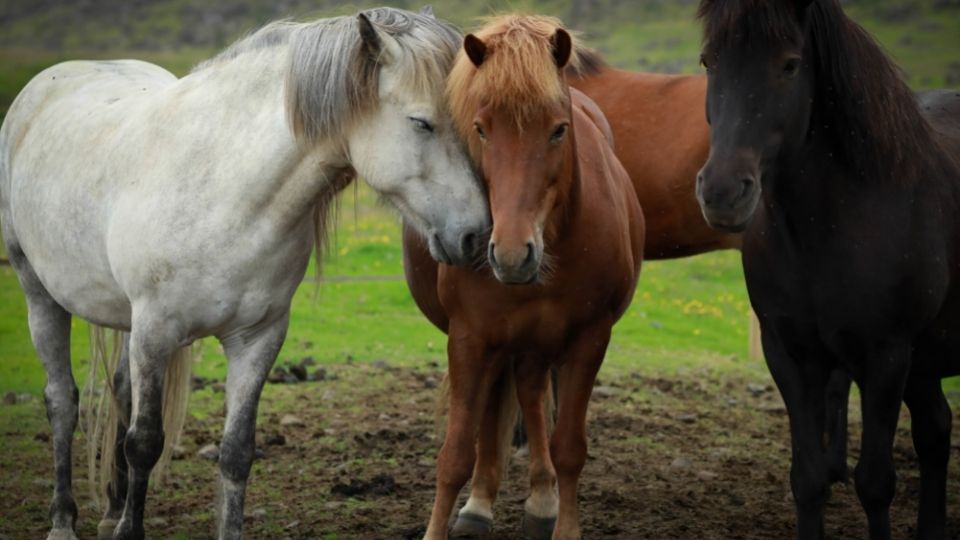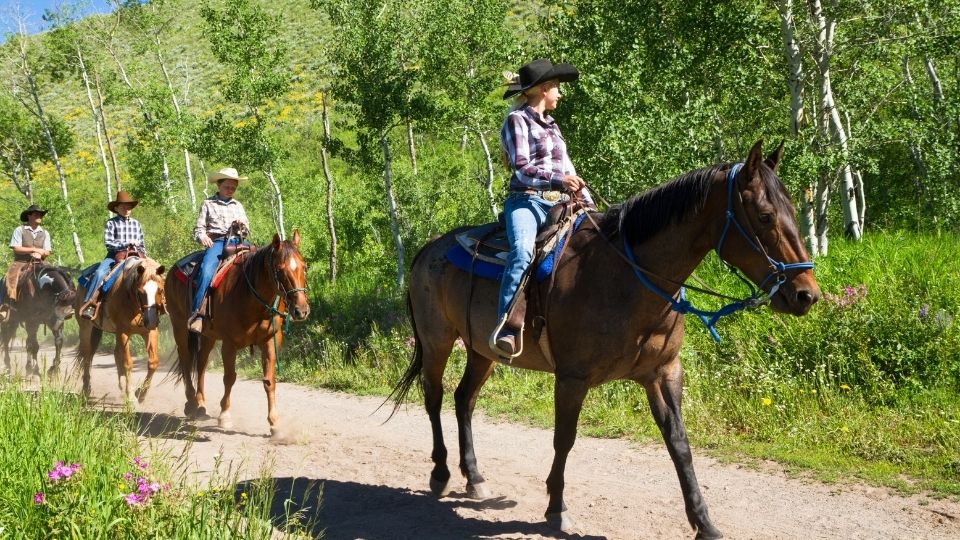Utah Brand Inspections for Horses

Owning a horse can be an exciting endeavor. Horse-related activities have proven to be beneficial both for physical and mental health. All horse owners must understand current laws surrounding equine ownership. Just like owning a house or car involves a title, owning a horse also includes documentation. Horses are classified as livestock in the state of Utah. Utah brand inspection laws have been developed by the industry and lawmakers to protect their ownership. The Utah Department of Agriculture and Food (UDAF) has the responsibility to uphold these laws and is committed to helping the livestock industry.
Brand Inspection
For many years, horses have been branded with a physical visual sign of ownership. Brands are unique, permanent marks made on a specific anatomic location of the horse. These marks and anatomic locations are registered with the state, ensuring that duplicate marks and locations are avoided. While many breeders still employ this practice, not all horse owners have a registered brand. The state of Utah recommends but does not require horses to be branded or otherwise permanently identified with tattoos. With a change of ownership, horses can often carry more than one brand.
The state of Utah uses brand inspections to prove horse ownership. Even if your horse does not carry a brand, there are times that you are required to have a brand inspection performed on your horse. A brand inspection consists of a state-employed livestock inspector physically and visually inspecting an animal, identifying any brands if present, and noting distinctive markings to verify ownership. Horse brand inspections are required by law anytime a horse:
- Changes ownership, either by auction or private treaty.
- Leaves the state, whether a change of ownership is involved or not.1
A state-employed livestock inspector issues brand inspections. Livestock inspectors are in all of Utah’s 29 counties.2 This requirement can be met in the following ways (Table 1):
- One-way trip (valid for one week from the inspection date, not valid for return).
- Yearly travel inspection (valid for one calendar year, valid for multiple trips).
- Lifetime travel permit (honored in all 50 states and Canada for the life of the horse).
Lifetime permit transfers and duplicate lifetime permits can be obtained as well.
Table 1
Brand Inspection Summary
| Type of brand inspection | Cost |
|---|---|
| One-way | $20 up to 10 head, then $2 per additional horse |
| Annual permit | $25 per horse |
| Lifetime travel permit | $55 first horse, and each additional horse $35 per horse |
Proof of Ownership
As we travel with horses within Utah state boundaries and do not cross state borders, “proof of ownership” is the only document that is required. This document must be in possession of the person hauling the horse. The state of Utah defines proof of ownership as any one of the following documents:
- Brand inspection certificate showing ownership of the animal.
- Auction invoice showing where the horse was purchased. (A bill of sale does not qualify as proof of ownership.)
- Recorded brand (with the card in possession) matching the brand on the horse.
- Lifetime or yearly travel permit.
- Breed registration papers in the owner’s name.
If you are traveling with a foal nursing its mother, the foal is covered under one of the above documents required for the mare.
The proof of ownership must be in possession of the transporter. If hauling a horse owned by someone else, carrying written permission is required in addition to the owner’s proof of ownership.
Instate Transfer of Ownership

The private sale of a horse requires the seller to provide a brand inspection to the buyer. The buyer should ensure the documentation is available before the transfer of the horse occurs. In essence, a department inspector issues the brand inspection specifically identifying the horse and guaranteeing that the seller has the right to sell the horse. If the seller does not present a current and valid brand inspection, the buyer should not take possession of the horse until a brand inspection is acquired. Utah does not recognize a “bill of sale” as proof of ownership. Many problems can be avoided if this conversation occurs before the sale of the horse takes place. Horse sellers should be aware that they are required by law to provide a current and valid brand inspection to the new owner upon the sale of the horse.
Suppose the horse being purchased has a Utah lifetime travel permit. In that case, the transfer of the lifetime travel permit can occur if it is accompanied by a signed lifetime travel permit transfer form.3
Most often, a brand inspection will be provided for horses purchased from an auction. Again, the buyer should not take possession of the horse until the brand inspection is provided. Most auctions will not consign horses to the auction without a valid brand inspection and will arrange for a brand inspector to be present at the sale to write a new brand inspection.
Out-of-State Transfer of Ownership
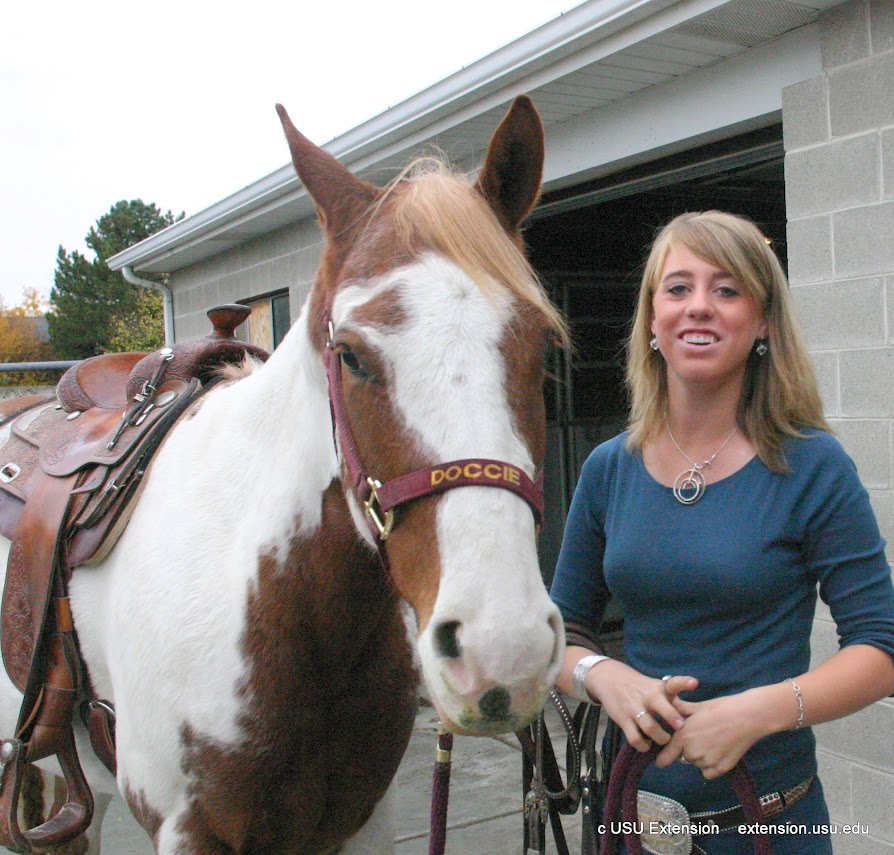
Most states surrounding Utah are brand inspection states. This means that they require brand inspections as proof of ownership during change of ownership or transport out of their state. When purchasing a horse from out of state, the horse seller must present a current brand inspection to the new owner. Lifetime travel permits in the seller’s name are not acceptable in this situation. A local brand inspector must issue a new brand inspection with the buyer’s name and address listed.
Some states no longer require brand inspections on horses. These states do not employ brand inspectors. A certified bill of sale for “proof of ownership” from a non-brand-inspection state may be accepted in Utah on a case-by-case basis.
Several unfortunate scenarios have resulted when brand inspection laws are not followed. One such scenario includes horses purchased out of state without a current brand inspection and brought illegally into Utah. The new owner presents the horse to a Utah brand inspector to get a travel permit. Without the proper brand inspection from the seller, the Utah brand inspector cannot issue a new and current brand inspection or travel permit. The horse must return to the place of origin and get the proper brand inspection there before a Utah brand inspector can issue a new Utah brand inspection or travel permit.
Additionally, fines may be imposed for crossing state lines without proper documentation, even if the horse is not unloaded in that state throughout transport. All law enforcement personnel, including brand inspectors and game wardens, can require livestock transporters to show the required documentation. Remember, all vehicles transporting livestock are required to stop at all port of entry stations.
Conclusion
Owning and interacting with a horse can be a wonderful and exciting dream for many. It is our responsibility as horse owners to be aware of and adhere to the laws of our state surrounding ownership of these animals. These laws are instituted to protect the ownership of livestock. For questions concerning these requirements, please contact UDAF Animal Industry – Brands Division at (801) 982-2240 or visit ag.utah.gov
Footnote References
1Utah Department of Agriculture and Food. (n.d.). Horse brand inspection (horses and all other equidae). Utah.gov. https://ag.utah.gov/farmers/animal-industry/brand-inspection-and-registration/horse-brand-inspection-horses-all-other-equidae/
2Utah Department of Agriculture and Food. (n.d.). Brand inspection and registration. Utah.gov. https://ag.utah.gov/farmers/animal-industry/brand-inspection-and-registration/
3Utah Department of Agriculture and Food. (n.d.). Transfer request form for permanent travel permit. Utah.gov. https://ag.utah.gov/wp-content/uploads/2019/05/Transfer-Request-form-for-Permanent-Travel-Permit.pdf
4Hoopes, K., Pittman, B., & James, C. (2015). Intrastate and interstate travel requirements for horses [Fact sheet]. Utah State University Extension. https://digitalcommons.usu.edu/extension_curall/780/
Published July 2022
Utah State University Extension
Peer-reviewed fact sheet
Authors
Karl Hoopes, DVM, Jacob Hadfield, and Jessie Hadfield
Related Research





